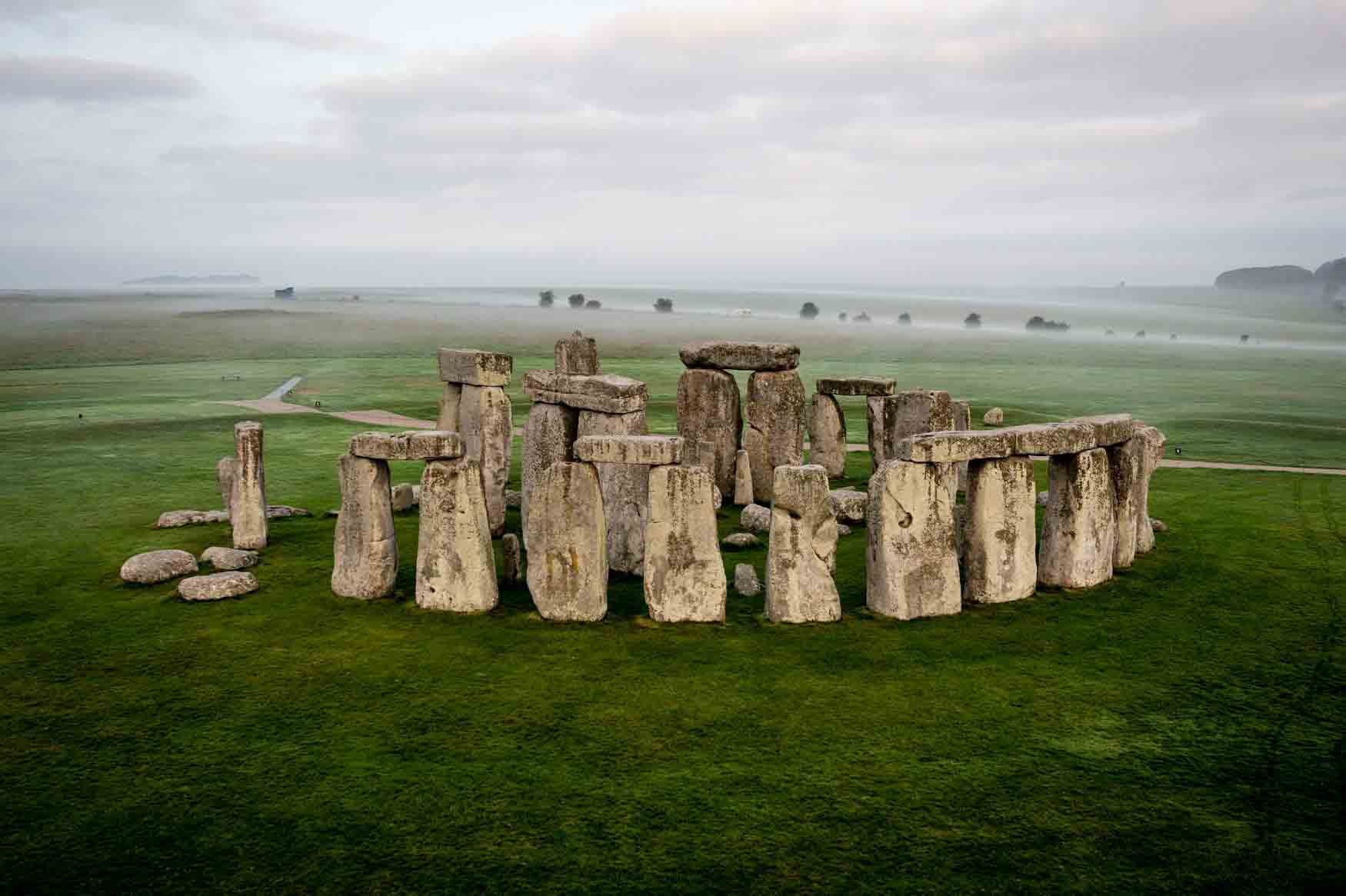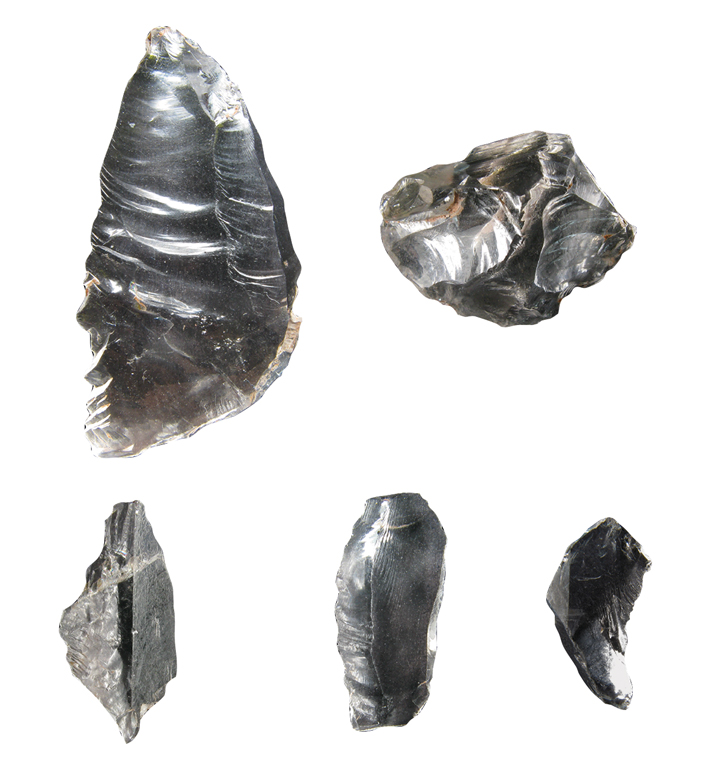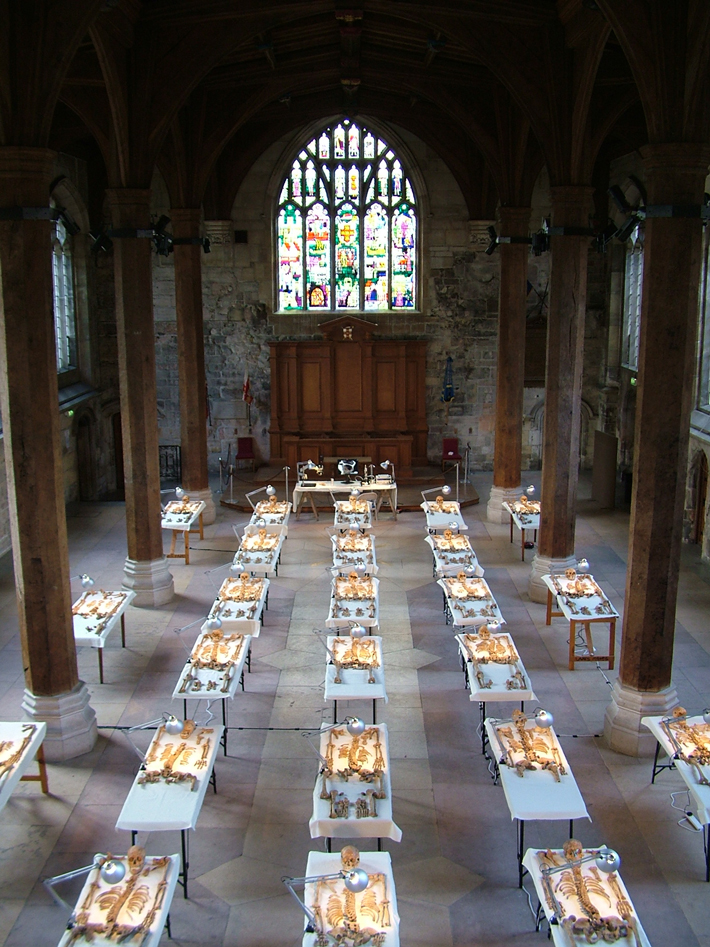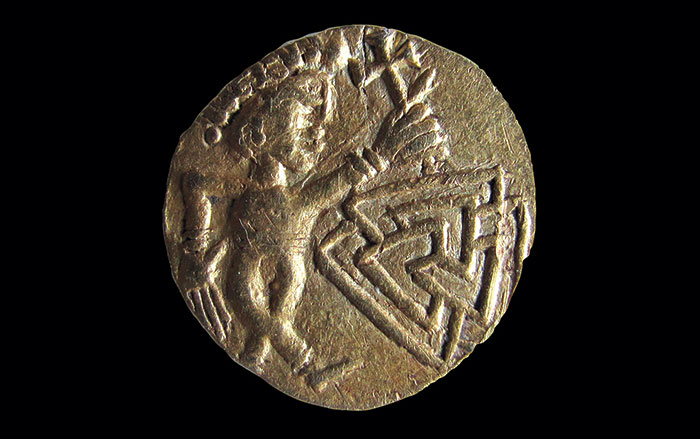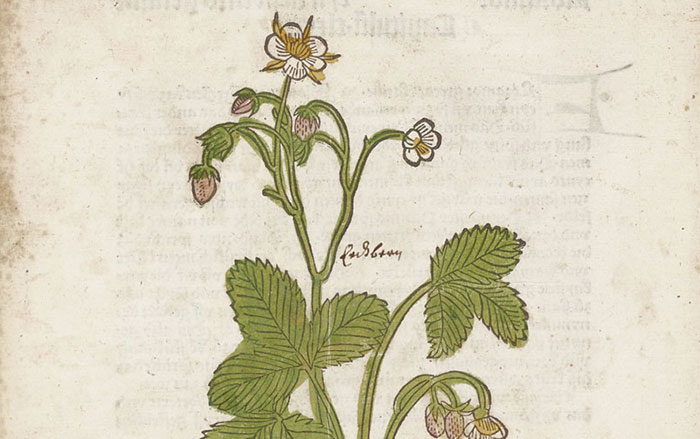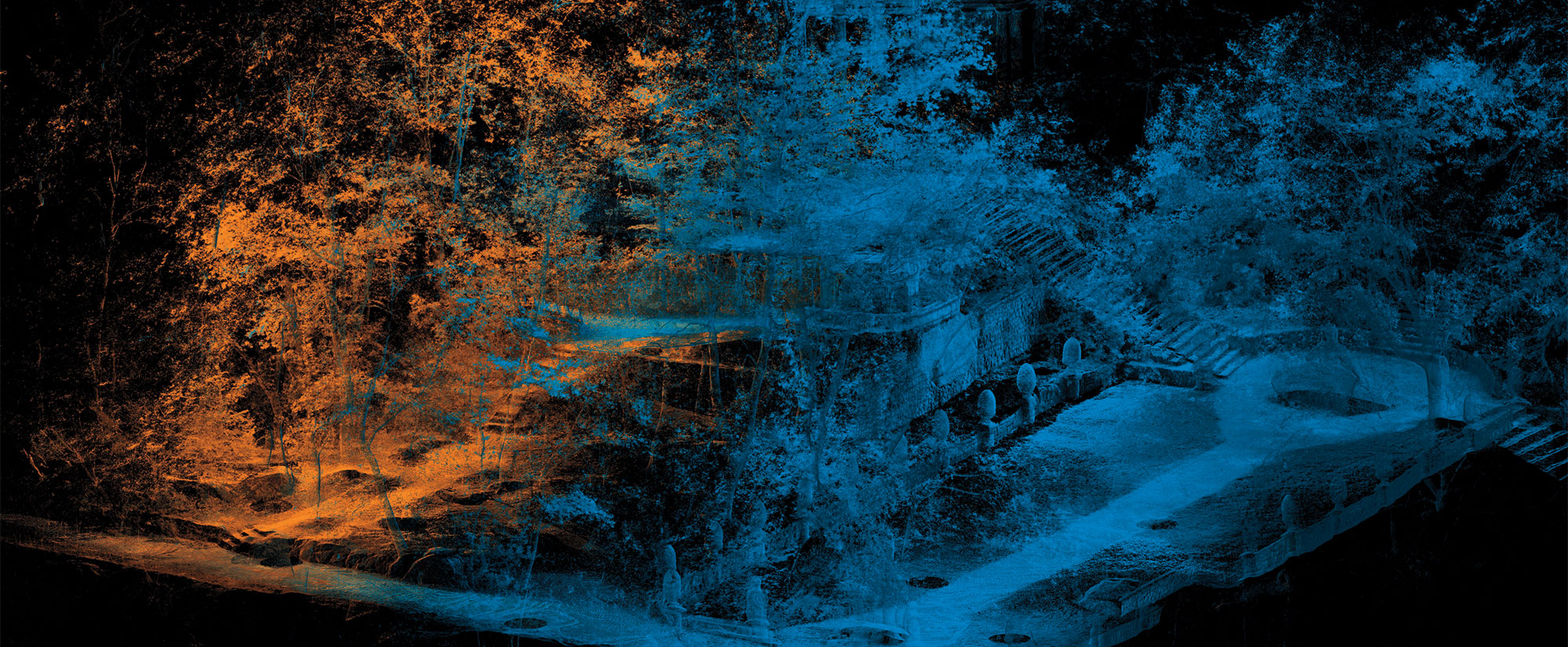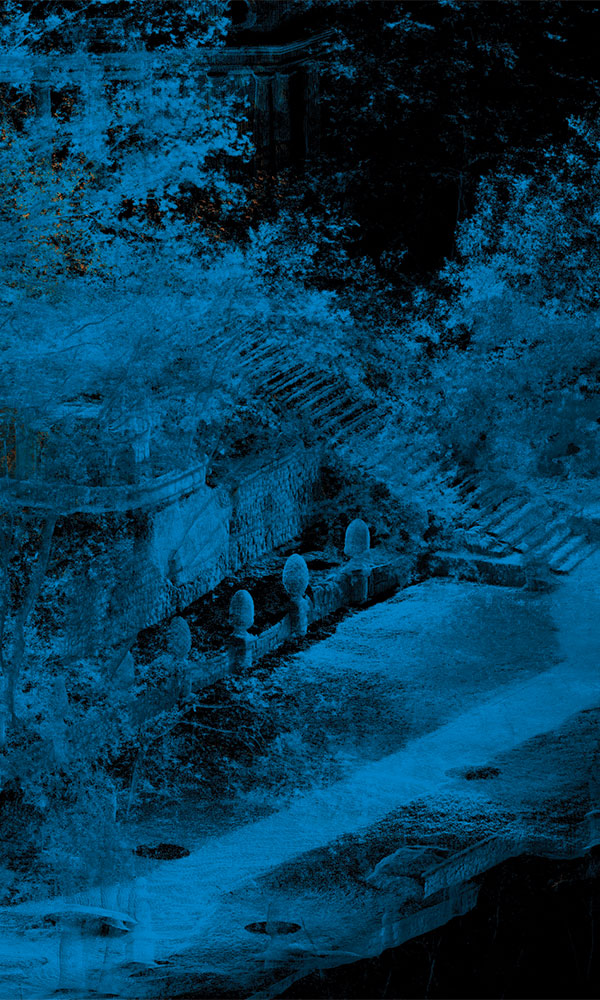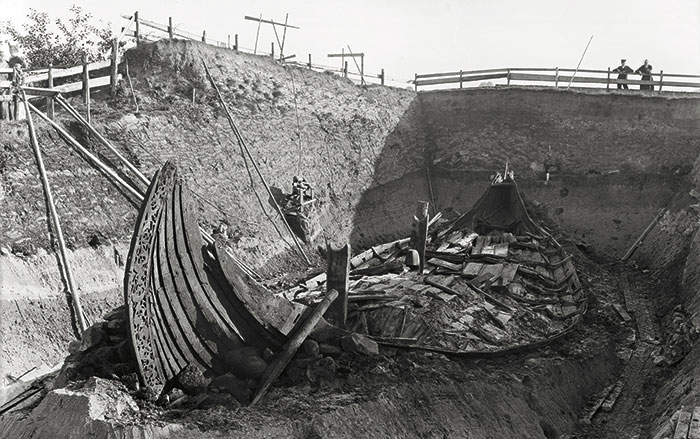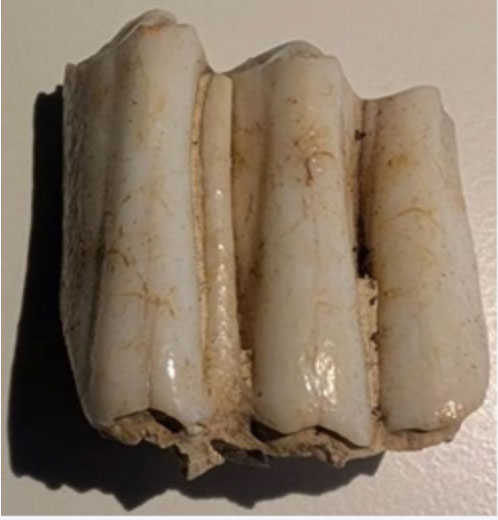
STONEHENGE, ENGLAND—There are still many mysteries that surround Stonehenge, but one element that archaeologists generally agree upon is the origin of some of its monolithic stones. A study conducted in the 2010s indicated that the standing bluestones were quarried around 140 miles from the legendary monument, at two locations in Wales. According to a statement released by the British Geological Survey (BGS), new research has further strengthened the ties between Stonehenge and that region, and revealed how the megaliths were transported. During excavations at Stonehenge in 1924, archaeologists discovered a cow’s jawbone near the south entrance, and dated it to the monument’s construction around 2995 to 2900 b.c. Researchers from BGS, Cardiff University, and University College London (UCL) recently conducted isotope analysis of one of the bovine’s molars to ascertain information about the animal’s diet, life, and movement. The results indicated that the cow originated from an area with Paleozoic rocks, such as where the bluestones were quarried in Wales, before being buried at Stonehenge. This discovery adds weight to theories that cows were used in the transportation of the enormous rocks across the country. “This is yet more fascinating evidence for Stonehenge’s link with southwest Wales, where its bluestones come from,” said UCL archaeologist Michael Parker Pearson. “It raises the tantalizing possibility that cattle helped to haul the stones.” Read the original scholarly article about this research in Journal of Archaeological Science. To read more about the origins of the monument's bluestones, go to "Quarrying Stonehenge."


